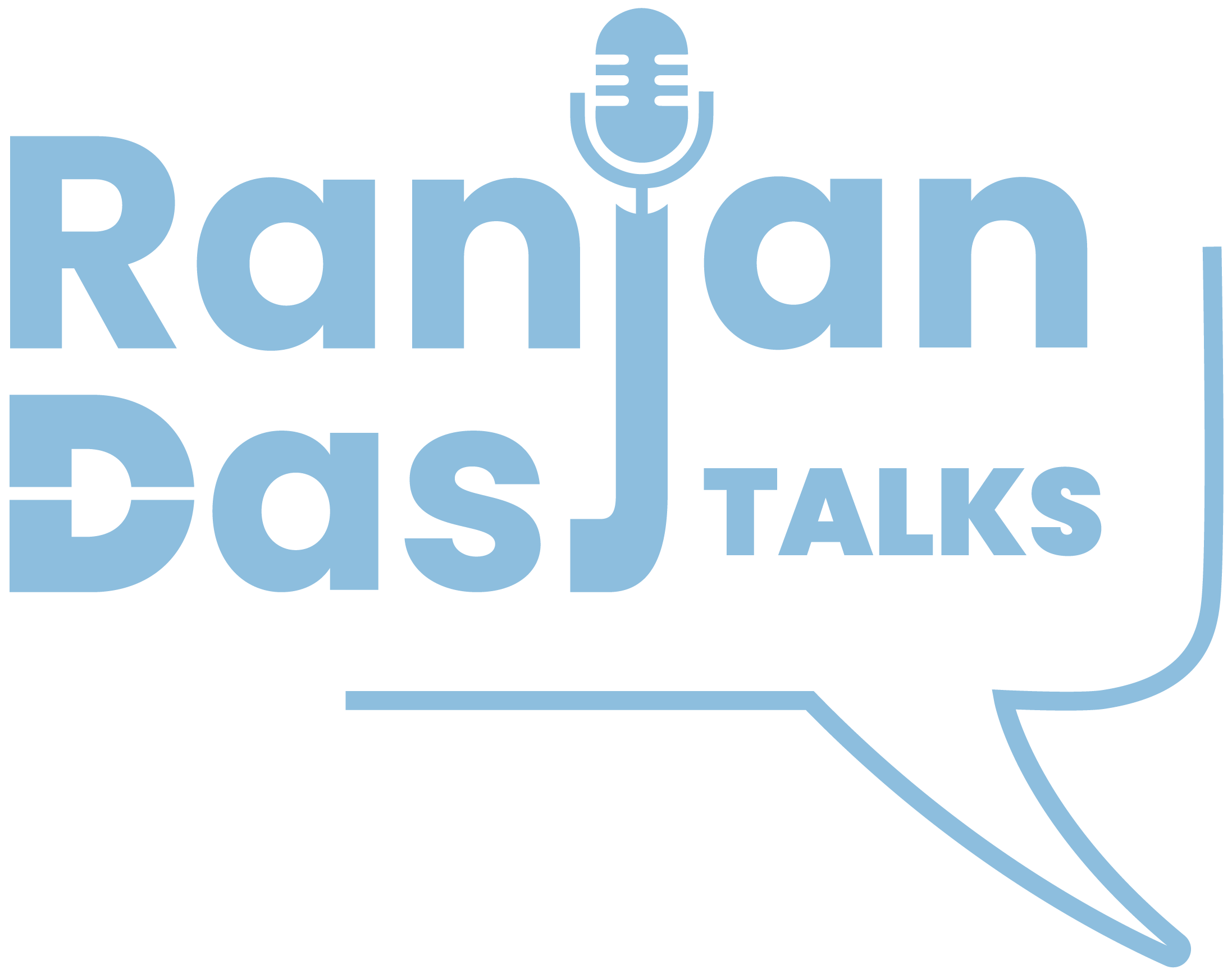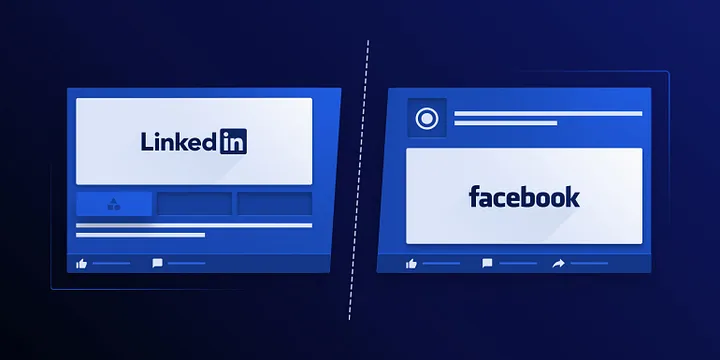
Blog
Is LinkedIn turning into Facebook?
LinkedIn for professional use and Facebook for socializing with friends. But what happens when both the platforms start serving almost the same purpose?

Ranjan Das
· Posted: 2021-02-15
Posted: 2021-02-15

When you are seeking job opportunities, you go to LinkedIn. When you want to read controversial comments, you log into Twitter. When you want to post a picture from your Goa vacation, Instagram is the desired platform and when there’s a vlog from the same vacation, Youtube is the go-to.
Back in the day, different social media platforms had distinct features that made them suitable for a certain type of content and audience. But today, all platforms come with almost identical features which have blurred the line in terms of the type of content that goes on it and the type of audience that views it.
Pictures, carousel posts, stories and several such features are now available on platforms from Facebook to Twitter to LinkedIn. But why is that happening? Is this also ‘The New Normal’?
LinkedIn, the platform that previously used for employment opportunities, has today taken the shape of a social media platform, much like Facebook. The ‘Facebookification’ of LinkedIn didn’t happen overnight but was a gradual process of people wanting to socialize more around and outside the area of just talking about employment.
This was enabled by the various features that LinkedIn introduced from time to time.
Today you see targeted ads on LinkedIn. You can also, edit your display picture, bio, achievements etc. You can like, comment and even ‘react’ to your fellow teammate’s accomplishments. You can connect with your connection’s connections and view their profile. Although all of these features and actions have a professional touch to them, at the end of the day, they are not very professional.
One thing that is clear to us, is that both, Facebook & LinkedIn are networking platforms, the latter being used for a much professional purpose though. But with similar features, the line gets blurred. Some users stick to sharing business-related insights and news while others are comfortable sharing gossip and drama. But since the content is not policed and everybody has the liberty to post what they want, the overall content quality degrades.
The changes that LinkedIn has seen in terms of its content, layout, features and audience have certainly changed its quality and purpose but that’s not fully bad. With the updated look and features, Millennials feel more comfortable using the platform and older generations are introduced to something new every day. Since change is the only constant, LinkedIn facing this modernization was inevitable.
Marketing is everything, products are
woven around it.